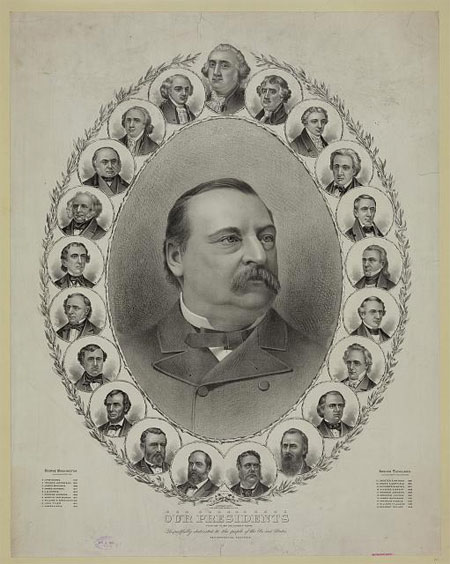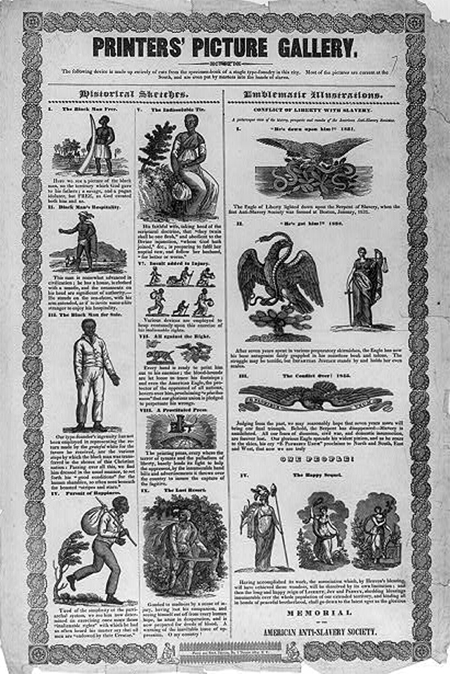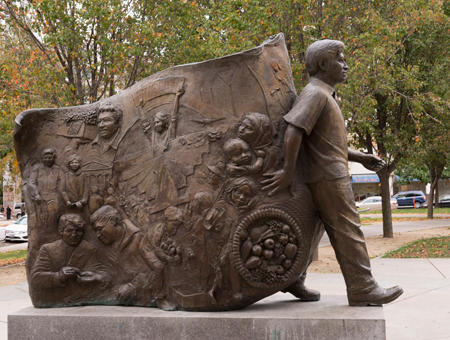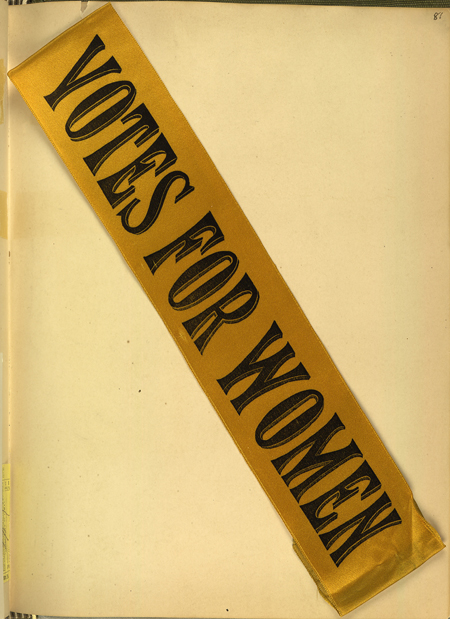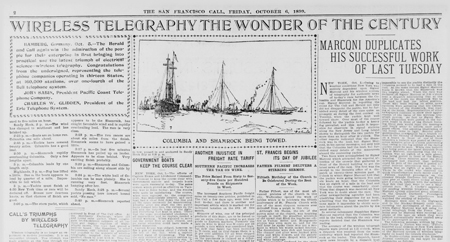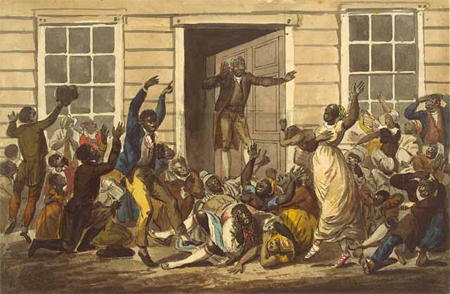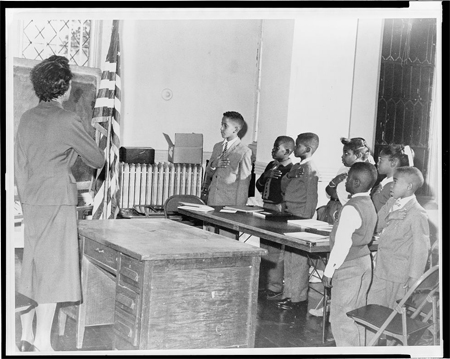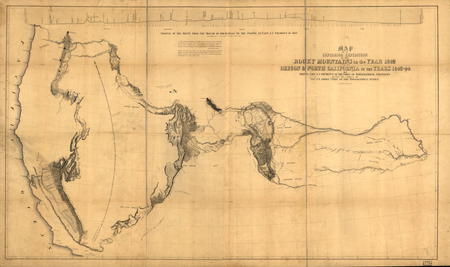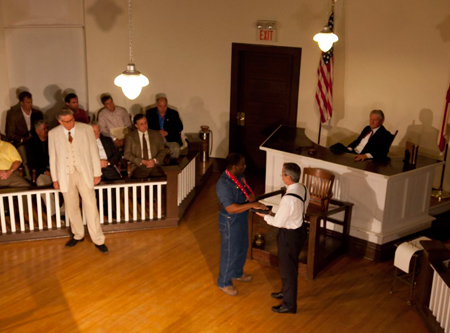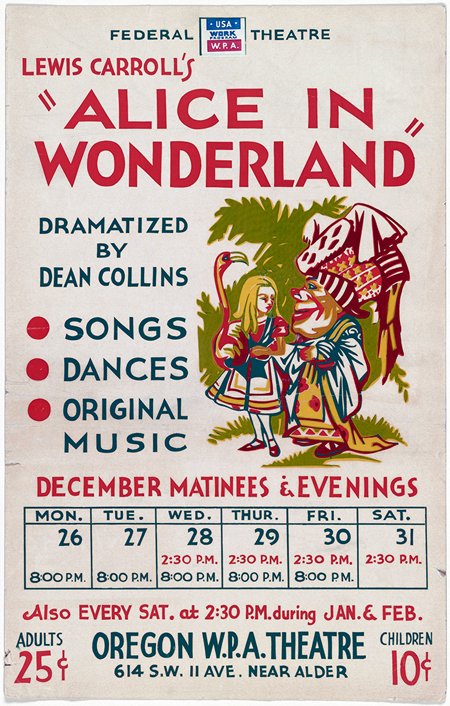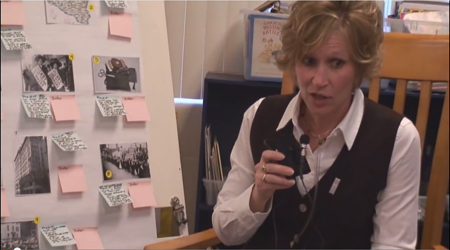Primary Source Learning: U.S. Presidents
Learning from the Source: lessons Abraham Lincoln & Me Primary Source Activity Book The Art of Mourning (Lincoln) Monumental Men Mourning Lincoln & the Art of Tribute Presidential Portraits Indian Territory Resettlement Guided primary source analysis activities A Plan of My Farm (Washington) Jefferson’s Pasta Machine Abolition frowned down (Quincy Adams) Rats Leaving a Falling House (Van…

